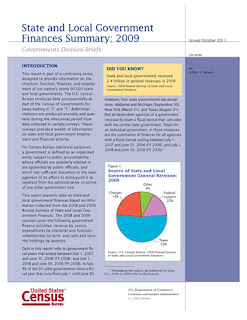Are you interested in learning more about your local community through a geographic lens? Join us for today’s (November 3, 2011) event at the UConn Storrs Campus. Drop in registrations are welcome and UConn students are admitted for free! Details are included below.
Geography: The Adventures in Your Community
Thursday, November 3, 2011 4:45-8:00pm
Thomas J Dodd Research Center at UConn
Storrs, Connecticut
The heart of this year’s theme will revolve around a series of topics that encourage individuals or teams of students, families, or friends to explore their own communities through geographic eyes, and challenge them to look at things from a geographic perspective.
Program Agenda
| 4:00-4:30 |
Pre-conference tour of UConn Libraries – MAGIC |
| 4:30-4:45 |
Registration – Thomas J. Dodd Research Center |
| 4:45-5:00 |
Welcome – Bill DeGrazia & Tom Brodnitzki, CGA Co-Coordinators |
| 5:00-6:00 |
Keynote Speaker – Arthur Bakis – U.S. Census Bureau Boston Regional Office |
| 6:05-6:55 |
Buffet Dinner and Remarks |
| 7:00-7:50 |
Breakout Sessions
I – Elementary Teachers – Allyson Lubs, Professional Development CGA
II – Middle & High School Teachers – Kristie Blanchard, NE Geography Teacher of the Year
III – Exploration of American Community Survey (ACS) –
Michael Howser, Connecticut State Data Center |
| 7:50-8:00 |
CEU Records and Drawings |
Participation Fee: $25 (add $10 if you would like to be awarded .3 CEUs upon completion of the program). The fee includes registration and a light dinner. Checks should be made payable to “Connecticut Geographic Alliance.“
Pre-Service Teachers receive a reduced registration fee of $10 and currently enrolled UConn Students receive free admission.
This workshop is a collaboration of the Connecticut Geographic Alliance, University of Connecticut Department of Geography, University of Connecticut Libraries Map and Geographic Information Center (MAGIC), and the Connecticut State Data Center.
Participants can register at the door for this event.









